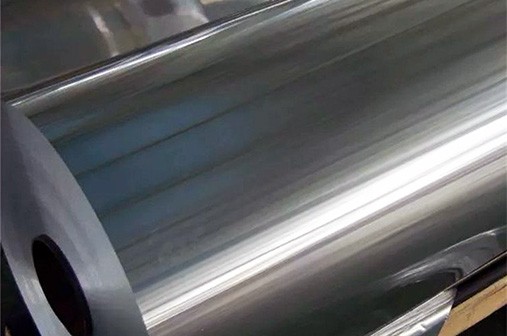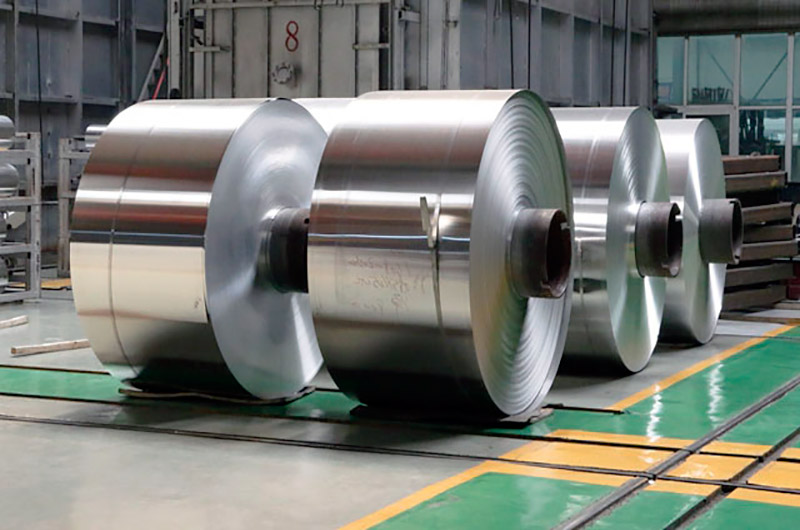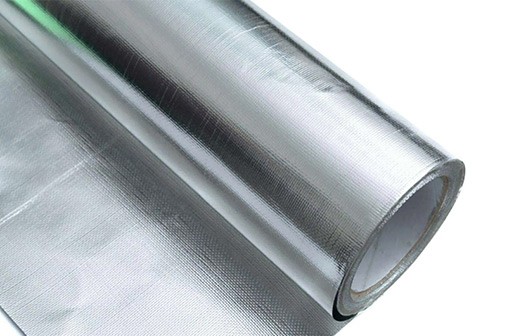- 1. Condenser and Evaporator Coils
- 2. Air Ducts
- 3. Aluminum Fins
- 4. Air Handler Components
- 5. Thermal Insulation
Air conditioning systems have become an integral part of our daily lives, providing comfort and temperature control in various environments. Behind the scenes, a range of components works seamlessly to ensure efficient cooling and heating. One crucial material used in these systems is aluminum foil.
The use of air conditioning aluminum foil in condenser and evaporator coils, ducts, fins, air handler components and insulation highlights its diverse applications.
Aluminum foil is commonly used in components like fins and coils within air conditioners. These parts play a key role in heat transfer and cooling processes.
1. Condenser and Evaporator Coils
Condenser and evaporator coils are vital components responsible for the heat exchange process in air conditioning systems.
Aluminum foil is extensively used in these coils due to its exceptional thermal conductivity. The choice of alloy is crucial to ensure optimal performance.
- Alloy: Aluminum alloy 1100 and 3003 are commonly employed for condenser and evaporator coils. The 3003 alloy provides enhanced corrosion resistance.
- Temper: The temper designation varies, but H14 or H24 is often chosen for its balanced properties, offering a combination of strength and formability.
- Specifications: The thickness of the foil typically ranges from 0.1 to 0.3 mm, depending on the coil design and manufacturer specifications.
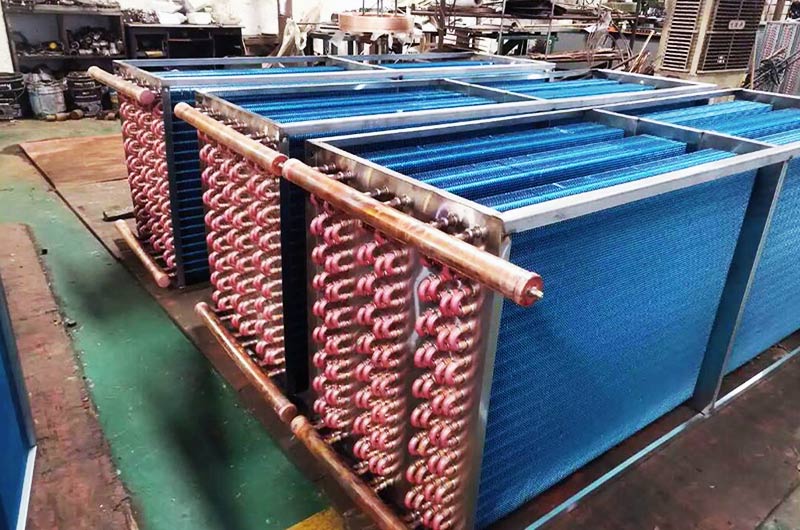
2. Air Ducts
Air ducts play a pivotal role in distributing conditioned air throughout a space.
Aluminum foil is an ideal material for ductwork due to its lightweight nature and ease of installation.
- Alloy: Aluminum alloy 8011 is a common choice for air ducts, offering a good balance of strength and flexibility.
- Temper: H22 is often selected for its optimal blend of strength and formability.
- Specifications: The thickness of the aluminum foil for air ducts can vary based on the application and size of the ductwork, typically ranging from 0.05 to 0.2 mm.
3. Aluminum Fins
Fins are essential for increasing the surface area available for heat exchange in coils.
Aluminum foil, in the form of fins, ensures efficient cooling or heating of the air passing through.
- Alloy: Aluminum alloys 1100 and 3003 are common choices for fins due to their excellent thermal conductivity.
- Temper: H14 or H24 is commonly employed for fins to achieve the right balance between strength and flexibility.
- Specifications: The thickness of fins can vary, typically falling within the range of 0.08 to 0.2 mm, optimizing surface area for efficient heat exchange.
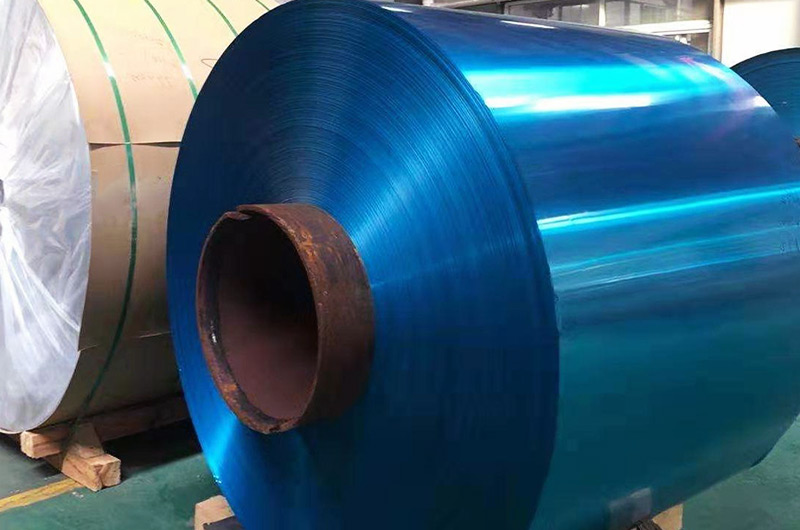
4. Air Handler Components
Air handlers house critical components like fan blades and are central to the air distribution process.
Aluminum foil finds application in various components within the air handler assembly.
- Alloy: Aluminum alloy 3003 or 6061 may be used for components like fan blades, offering a good combination of strength and weight.
- Temper: Depending on the specific requirements, various tempers may be chosen, such as O for flexibility or T6 for improved strength.
- Specifications: Thickness and dimensions vary based on the component and its function within the air handler, adhering to engineering and design specifications.
5. Thermal Insulation
Aluminum foil also plays a crucial role in thermal insulation, serving as a reflective barrier to minimize heat transfer.
The purity and thickness of the foil are significant factors in this application.
- Alloy: Aluminum foil with high purity, often 99.5% aluminum, is preferred for reflective insulation.
- Temper: Soft temper (O) is common for flexibility, allowing easy installation in various insulation applications.
- Specifications: The thickness of reflective insulation foil typically falls within the range of 0.02 to 0.05 mm, providing an effective barrier while remaining lightweight.
In conclusion, aluminum foil is a versatile and indispensable material in various components of air conditioning systems.
Its use in condenser and evaporator coils, air ducts, fins, air handler components, and thermal insulation highlights its diverse applications.
The choice of alloy, temper, and specifications is carefully considered to meet the specific requirements of each component, ensuring optimal performance and efficiency in air conditioning systems.
As technology continues to advance, the role of aluminum foil in enhancing the overall performance of these systems is likely to evolve, contributing to more energy-efficient and sustainable cooling solutions.
Informations you may be interested in:
- Which is better, hydrophilic aluminum foil or copper foil for air conditioners
- Hydrophilic aluminum foil vs non-hydrophilic aluminum foil
- Solutions to hydrophilic aluminum foil problems
- What is Hydrophilic Aluminum Foil?
- Hydrophilic aluminum foil performance indicators
- Factors Affecting the Hydrophilicity of Hydrophilic Aluminum Foil
- How is aluminum foil used for thermal insulation in air conditioning systems?
- Can aluminum foil be used in outdoor air conditioning units?
- Comprehensive analysis of air conditioning aluminum foil: classification and applications
- What kind of material is air conditioning aluminum foil made of and what are its

